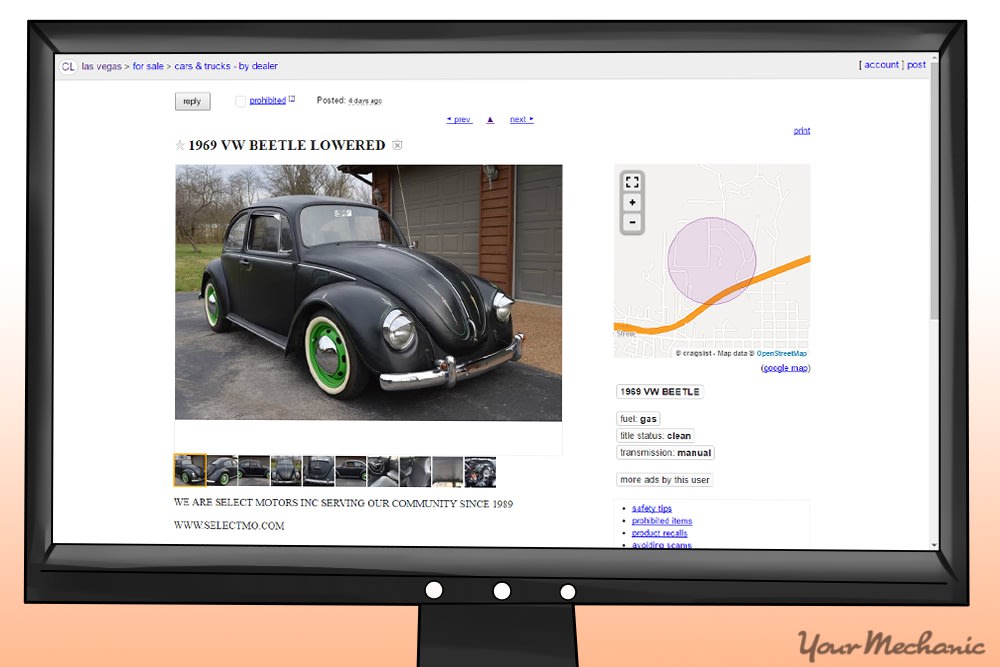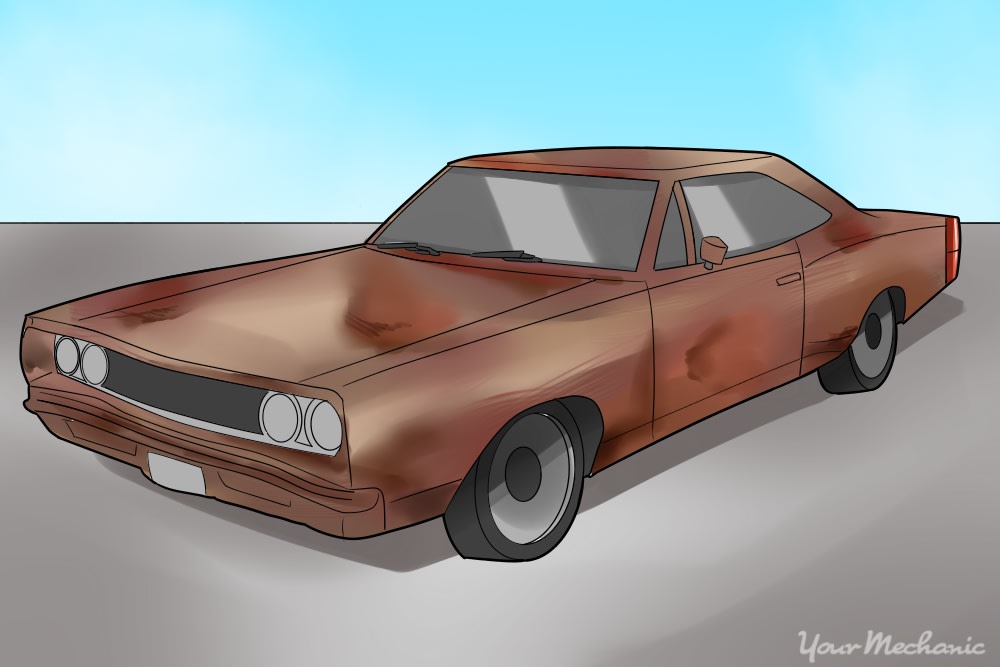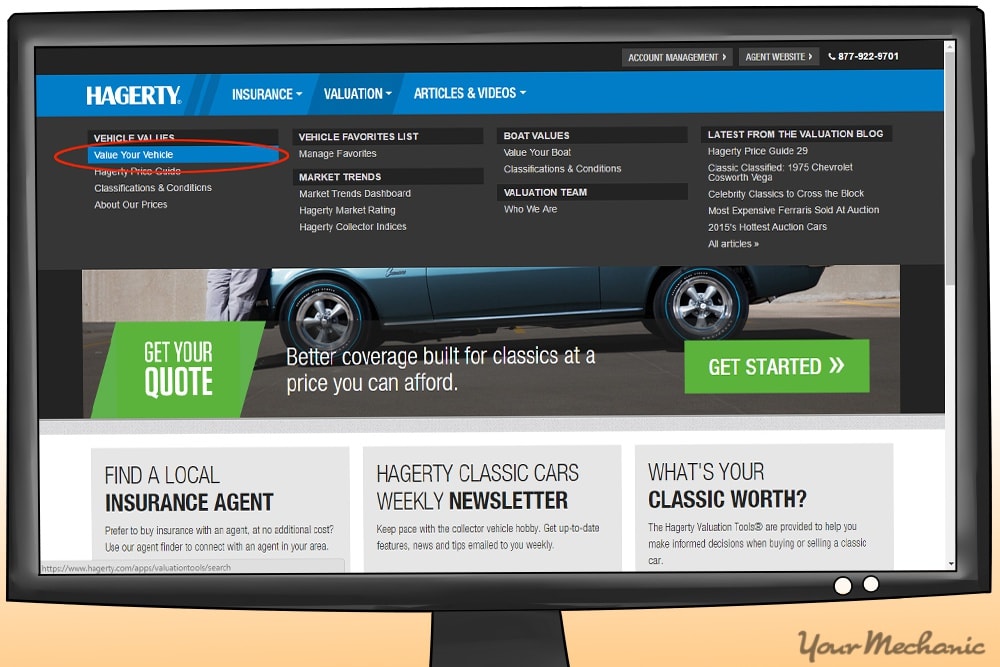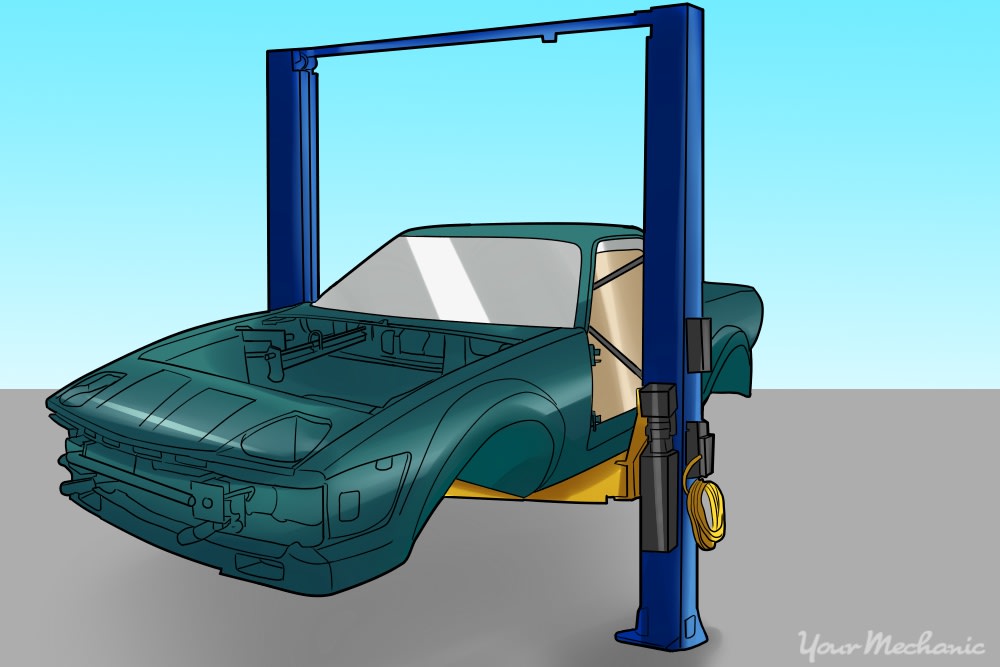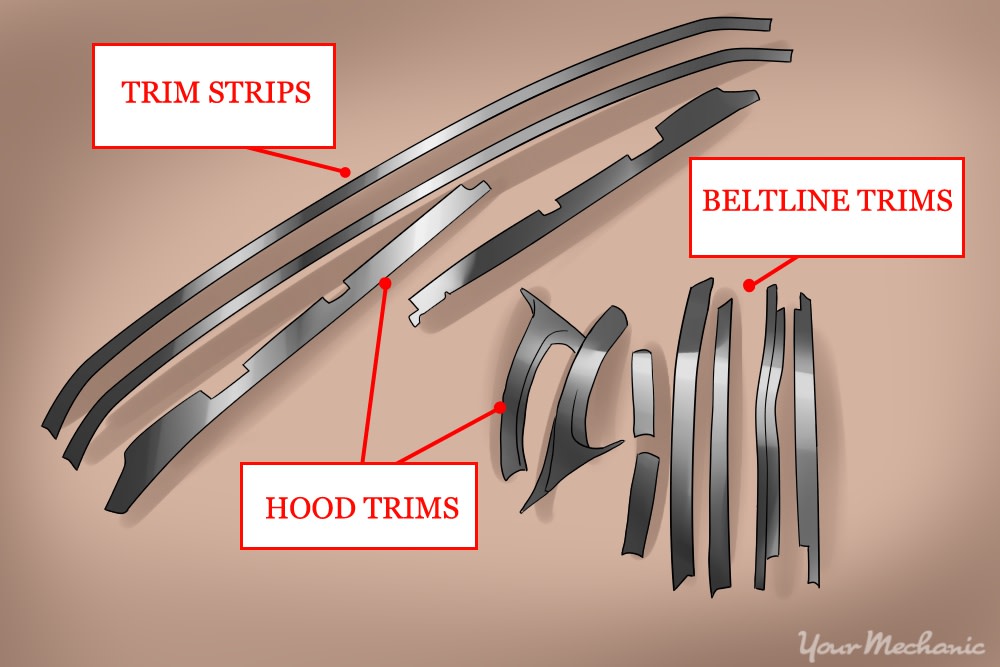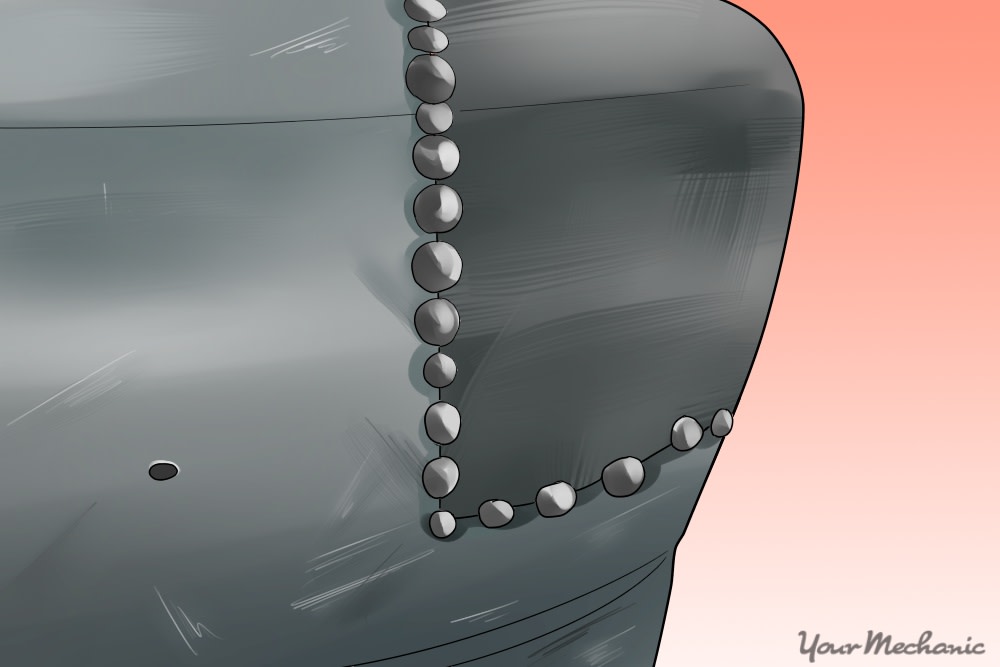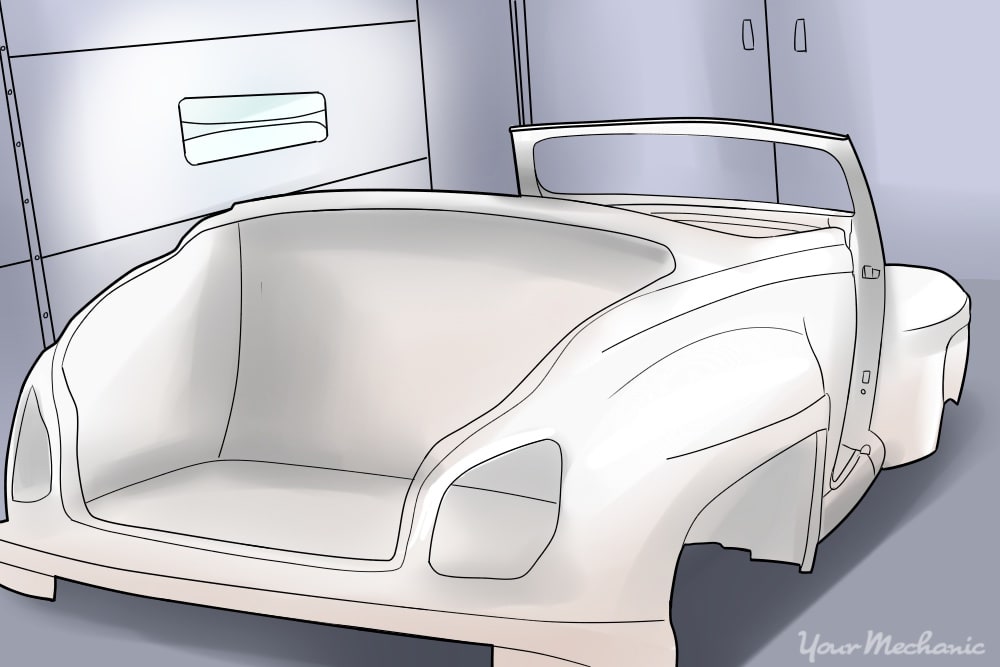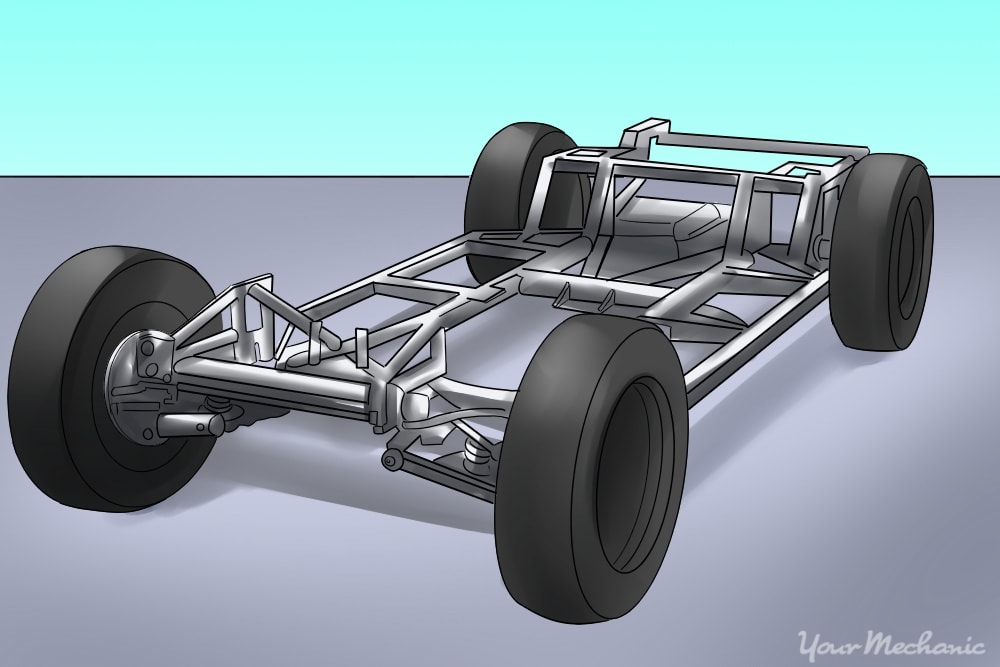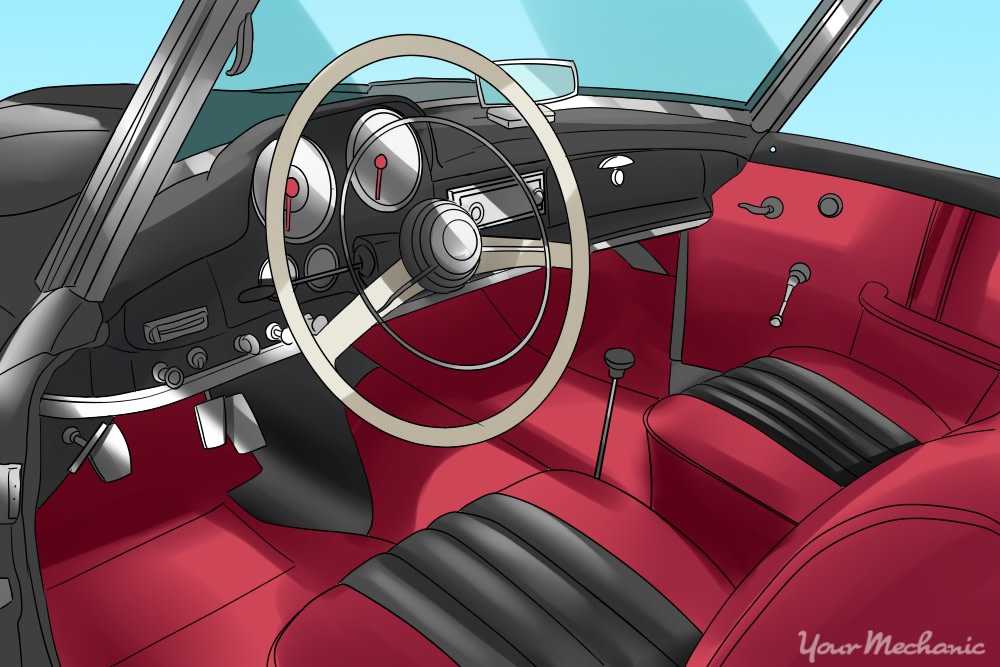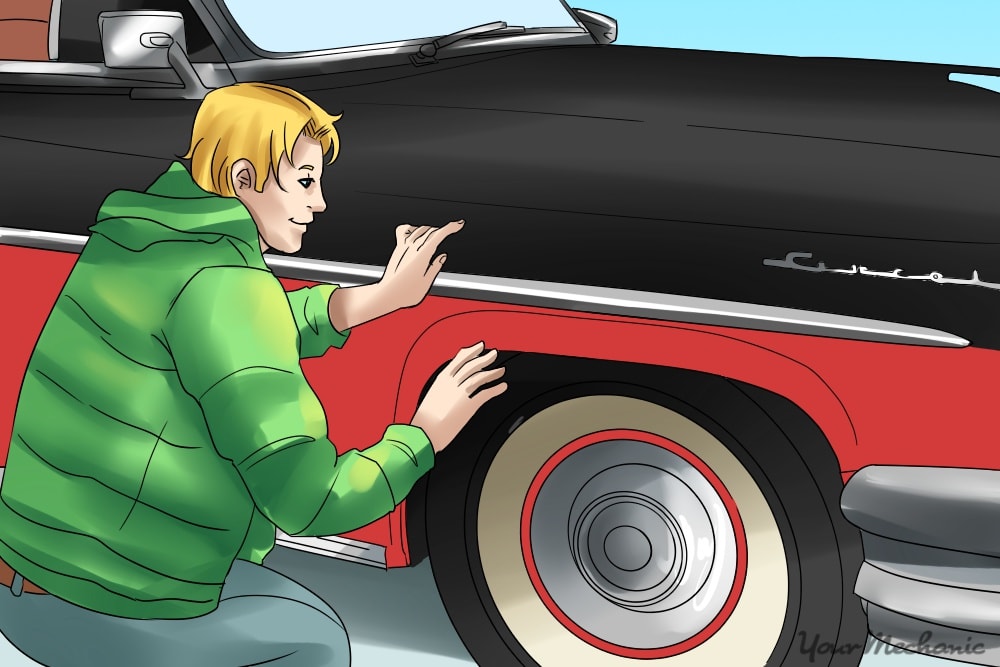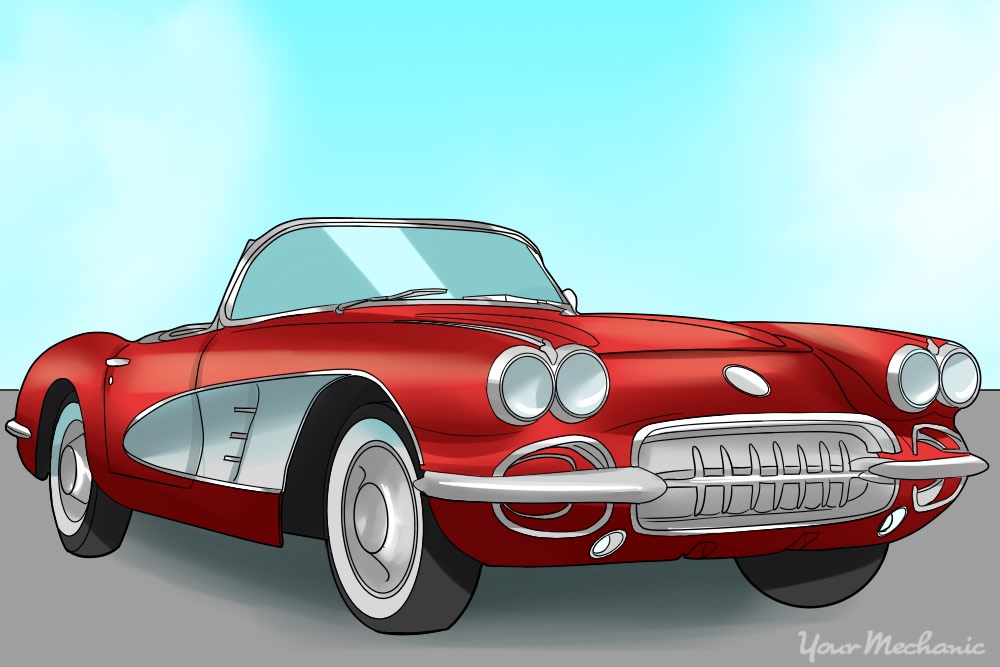

If you are buying and restoring a classic car for your own use, it’s usually considered a labor of love. When you’ve got an emotional connection to the car, the end result is more about how the car makes you feel personally than what anyone else thinks of it. You may therefore be inclined to spend more money on the restoration than the car’s value warrants.
If you are buying a classic car with the intent to restore it and sell it for profit, you need to consider it a business transaction. From procuring the vehicle to the cost of repairs, and including the final valuation, you need to keep in mind the project is an investment.
Finding a classic car to restore, completing the work, and selling your restored classic involves a rigorous process that can take months or years. Here’s how best to buy, restore. and sell a classic car.
Part 1 of 3: Buy a classic car to restore
The most difficult part of the process in restoring a vehicle to sell is finding an appropriate vehicle. What appeals to you personally may not be what draws the most attention, and may not be the best vehicle to invest your money in.
Step 1: Find a classic car for sale. Keep an eye on Craigslist and AutoTrader for listings of popular or desirable classic cars for sale in need of restoration, as well as local newspaper classified ads.
Look for models that are visually appealing and mostly original.
Keep an eye for dilapidated vehicles on driveways and fields as you drive.
Approach people with cars you are interested in purchasing and inquire if they are interested in selling.
Step 2: Look over potential classic car purchases carefully. Look for rust that can indicate extensive repairs are required, such as rush through the floorboards, rusty rocker panels, and rust along the window seams on the front and rear windshields.
Check for missing parts and damage to glass or body panels that may require replacement.
Many classic car parts are discontinued and hard to find, so obtaining a complete car or nearly original car will be a great help later on.
Step 3: Determine the fair market value of the classic car. Keep in mind the car needs to be restored to some degree and assign it a value as such.
Use an online valuation tool such as Hagerty’s “Value Your Vehicle” tool on their website.
Enter the desired vehicle’s make, model, submodel, and year to see the car’s value.
A car in need of minor restoration is #4, or fair quality vehicle. Work with the fair condition price to determine an estimate of the car’s actual value.
If the car doesn’t run and drive, the value will be lower than fair quality.
If there is rust beyond easily-repaired surface rust, the value will drop from the fair condition price.
If there are parts missing from the interior or exterior, the valuation of the classic car will be less than fair condition.
Step 4: Determine the finished product’s worth. On the Hagerty valuation tool, check the price for an excellent quality vehicle. This is where you want your finished product to be valued.
- Tip: Vehicles rated in excellent condition are show-quality cars that can win car shows and drive like they would have when they were new. There may be minor blemishes but overall the car appears pristine.
Step 5: Calculate the difference. Determine the value difference between the fair market value, the price you will buy the car for, and the excellent condition value, or the value you will sell the car for.
The difference is the amount you have to restore the car without losing money on it.
- Note: This doesn’t take into consideration your profit.
For example, if you are able to buy a classic car in need of restoration for $2,000 and it’s final restored value is $15,000, you will have $13,000 to spend on the restoration. If you are able to spend less than $13,000 on the restoration, you’ll be able to make a profit.
Step 6: Determine an approximate cost of repairs for the restoration. If you are able to do a major portion of the work yourself, you’ll be able to maintain a higher profit margin.
Get a rough quote on a paint job, an engine rebuild, and any interior work you notice needs to be done.
Always inflate your estimate of repairs by 20% to allow for overages and unexpected costs.
Step 7: Buy the car. If the numbers show that you can make a profit on the restoration, buy the classic car.
Approach the seller with an offer 5-10% lower than their advertised price.
If you can buy the car for less than the advertised price, you stand to make more money in the long run.
Make sure you get a title from the seller for your classic car restoration project. It can be difficult to obtain after the sale if there isn’t one for the car already.
Part 2 of 3: Restore the classic car
Now that you’ve bought a classic car to restore, the hard work begins to make it look as good as possible.
- Tip: Take photos at each step to show your potential buyers what exactly took place during the restoration. Keep the receipts in a folder for proof of work completed.
Step 1: Disassemble your classic car project. Carefully remove all the car’s parts, handling them cautiously to prevent damage and retaining all the screws, bolts, and clips for reuse.
Label all the parts you remove including the fasteners.
Remove the engine and transmission from the car along with the rest of the drivetrain.
Remove the interior components such as the seats, the dashboard, the headliner, and the carpet.
Remove the glass including the front and rear windshields and the side windows.
Strip the exterior trim off the car as well as the light assemblies.
Step 2: Repair any rust or damage to the body. Perform a thorough inspection of the undercarriage and the frame.
If there is rust on the frame or you want to paint or restore the frame, remove the body from the frame as well.
Cut out any rusty spots and weld in new panels.
If there are large dents, you may want to weld in a new panel instead of trying to repair the panel with body filler.
Pull any small dents or fill with high quality body filler.
Step 3: Send the car for paint work. Unless you are a professional car painter or have painted a car yourself many times, send the car to a reputable body shop or custom car shop for a professional paint job.
A professional paint job is the first thing potential buyers will notice and admire when they look over your car.
Have the paint shop spray the frame separately for the best finish.
The absolute best results come from disassembling the car completely, including the doors, hood, trunk lid, and any other removable parts to be sprayed individually.
Step 4: Assemble a rolling chassis. Install the rear differential, suspension, wheel knuckles, and brakes onto the car.
Install a set of tires and rims onto the car. They can be a temporary set that are changed out when the car is being completed.
You can now move the car frame around in your garage as you work on it.
Step 5: Assemble your engine and transmission onto the car. If you are going with an original powertrain setup, completely disassemble and rebuild the engine to replace the seals and gaskets to prevent leaks and to optimize the engine performance.
Paint the engine and transmission in a way that accents your car build and prevents unsightly rust.
Install the engine and transmission onto your rolling chassis.
Step 6: Assemble the body of your car onto the rolling chassis. Install the passenger compartment, then install the doors, trunk lid, and hood if you removed them.
Be very careful not to scratch the fresh paint job.
Step 7: Connect the electrical systems on your car. Route wiring as appropriate for each system including the audio, lighting, and the ignition system.
Install new grommets anywhere wiring is routed through the metal body to prevent chafed wires and shorts.
Step 8: Have the interior assembled. Have the seats, headliner, and door panels re-upholstered if required.
Install a new dash pad if the old one was cracked or faded.
A fresh, clean interior can improve a restoration’s final appearance and increase your sale price by thousands.
Step 9: Install all the finishing touches. Install the lights, chrome trim, bumpers, door handles, and exhaust system.
Polish the original chrome trim that you removed. If it is pitted or dented, replace the parts with new or good quality used parts.
Step 10: Test the car’s operation. With a project of this magnitude, there will be small problems that arise that will need to be corrected before selling, such as power window switches wired incorrectly or an engine stumble.
Part 3 of 3: Sell your classic car for profit
Because you bought your classic car at a good price and planned your restoration budget well, you’re ready to sell your car at a profit - if you haven’t decided to keep it. Marketing your classic car is crucial to getting the best sale price for it.
Step 1: Have your classic car value appraised. Get a certified appraiser like the specialists at USA Auto Appraisers to give you an appraisal on your car’s worth.
They will assess the quality of work completed as well as the desirability of your car to put a value on it.
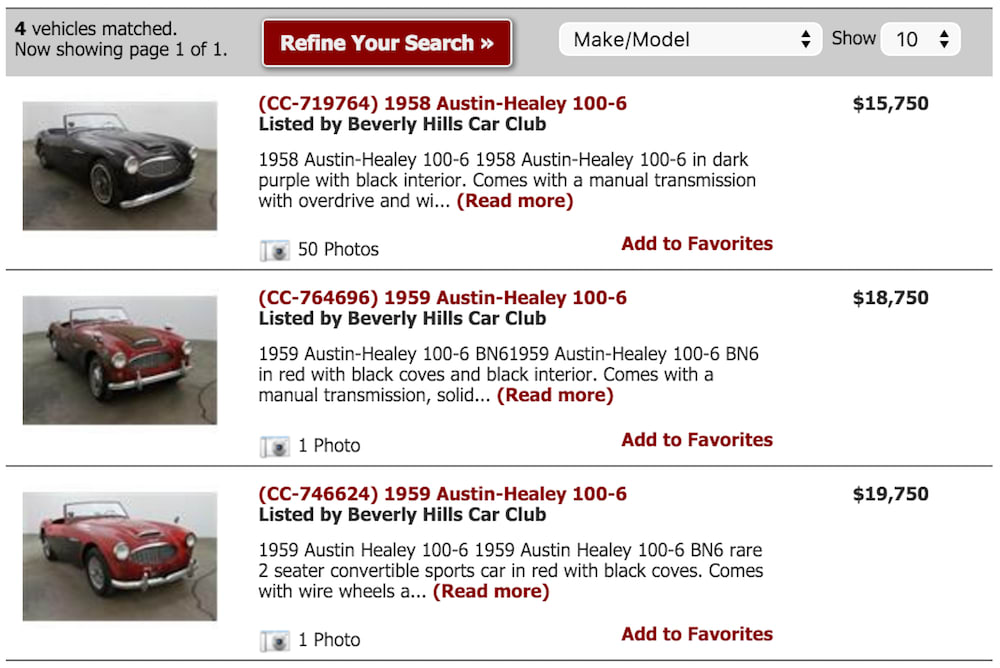
Step 2: Find similar listings for your car. Look at classic car classified ads in publications and online to find comparable vehicles.
Adjust your car’s valuation up or down based on the comparison to the listed vehicle.
Step 3: Check the price. Check the “excellent” condition price on the Hagerty “Value Your Vehicle” tool that you used earlier in the process.
A well-restored vehicle that is showroom quality but can still be driven is usually considered “excellent.”
Step 4: Assemble all your documentation for the car. Ensure you have the title on hand, the receipts for the repairs and restoration completed, and the photos of each step along the way.
Step 5: Advertise the car. List the car for sale on popular web sites and in print publications.
The market is a little different for classic cars of high value, so don’t expect to get a high volume of calls and inquiries.
List your car for sale on Craigslist and AutoTrader, but also list on services such as Classic Cars and Hemmings.
Step 6: Respond promptly to each inquiry from potential buyers. Know the sale price you want to obtain from selling your car, and don’t go below that.
Restoring a car is a fun process for the car lover but is not one to be taken lightly. It is a lot of work and is usually done more as a hobby than as a moneymaking venture. Also, your classic car may not sell right away. It can take several weeks or months to find the right buyer for your car, but if you’ve done a good job of restoring the car, you’ll be able to sell it for profit.


